No products in the cart.
1757 French Royal Shield
Following the traditional construction methods, our Medieval Shields are formed with thin (16) layers of wood, each individually shaped and pressed for durability. The compounded layers not only ads durability in comparison to a single, thicker layer, but also provides greater strength with lesser weight. Each layer is soaked and individually pressed to shape, eventually creating one solid defensive wall. We covered the heater shields in heavy cotton. Decorative rivets are set and topped off with a wood grip, closed cell foam backing covered in full grain leather, and adjustable forearm strap.
Dimensions: 30″ x 22″
weighs 5 lbs 2 oz.
USD475.00



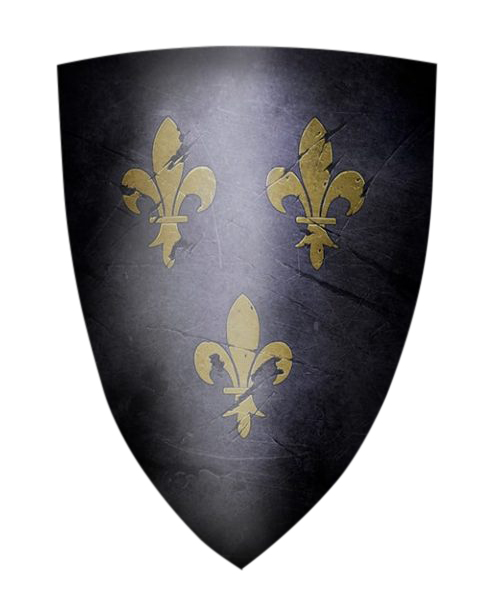
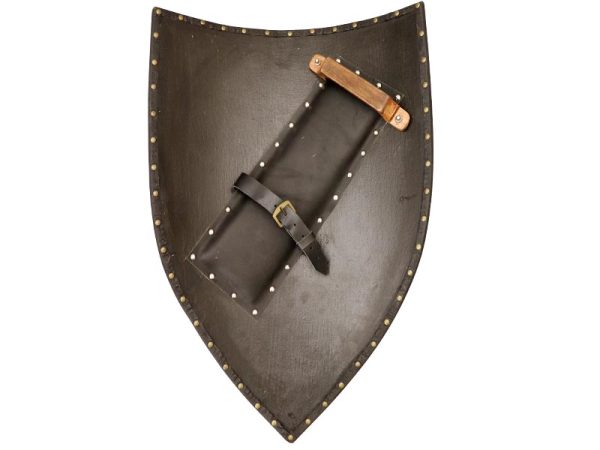




 have used the fleur-de-lis in heraldic artistry, on shields, banners, and the like. It was depicted on the official coat of arms of France for centuries until the Advent of the French Revolution relegated it to history. Despite it falling out of use in its heraldic function, surviving examples do exist in stone and iron on buildings constructed over the centuries. As such, even to Modern people around the world the fleur-de-lis remains a symbol strongly associated with French history and culture.
have used the fleur-de-lis in heraldic artistry, on shields, banners, and the like. It was depicted on the official coat of arms of France for centuries until the Advent of the French Revolution relegated it to history. Despite it falling out of use in its heraldic function, surviving examples do exist in stone and iron on buildings constructed over the centuries. As such, even to Modern people around the world the fleur-de-lis remains a symbol strongly associated with French history and culture.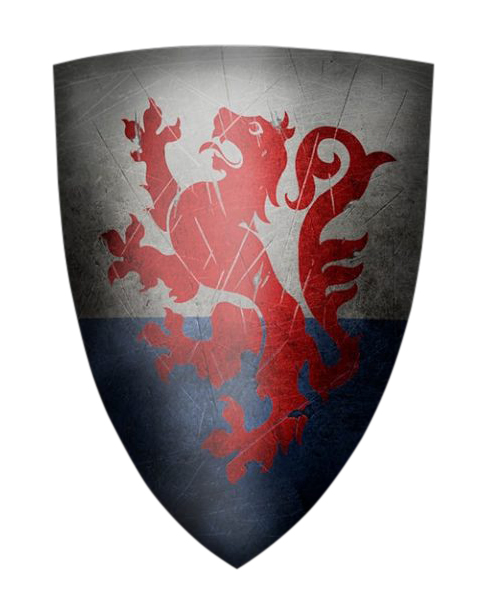
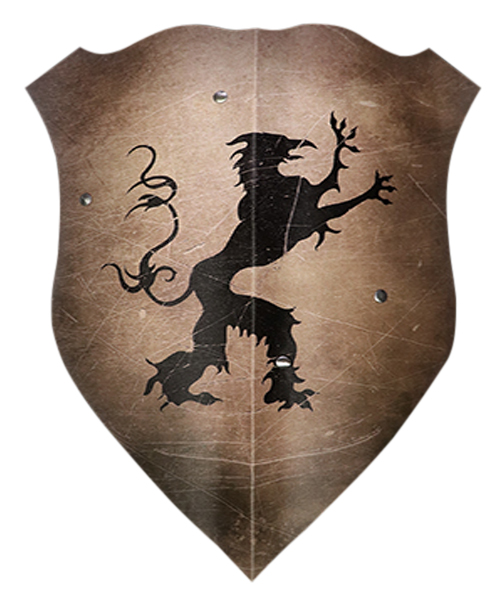
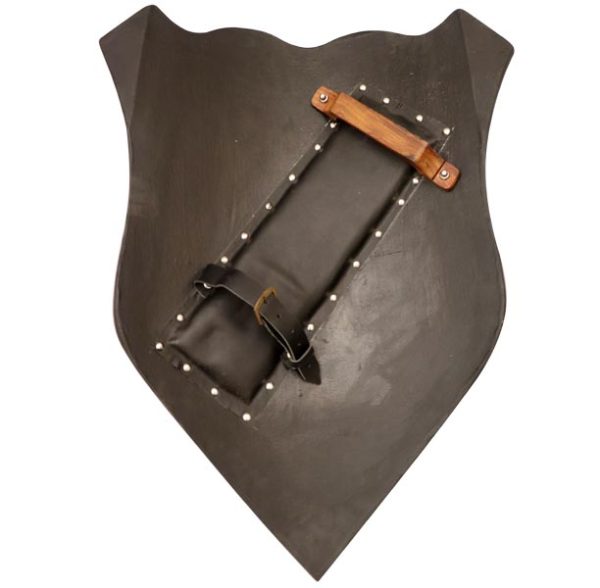
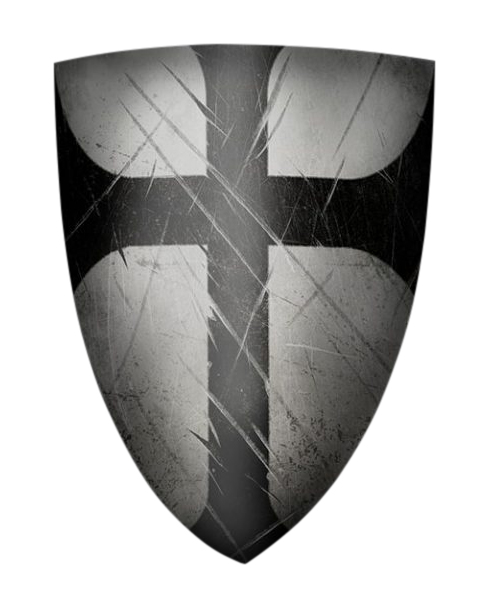
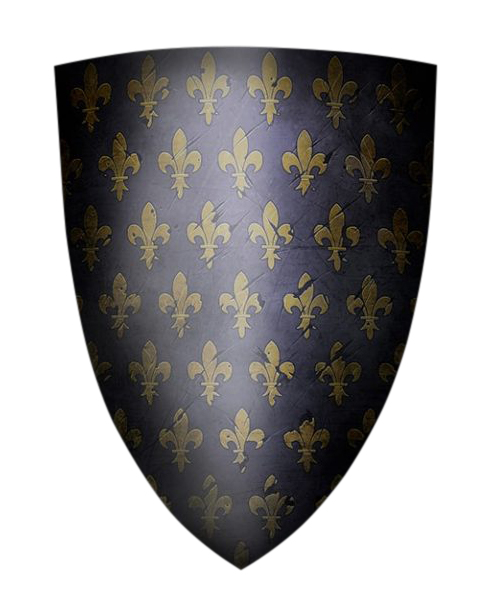

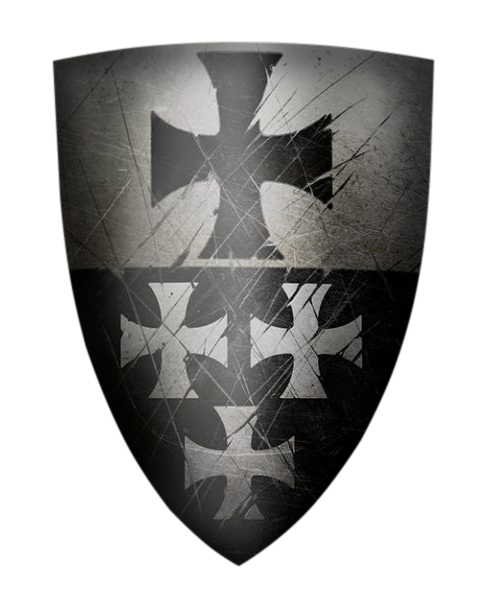
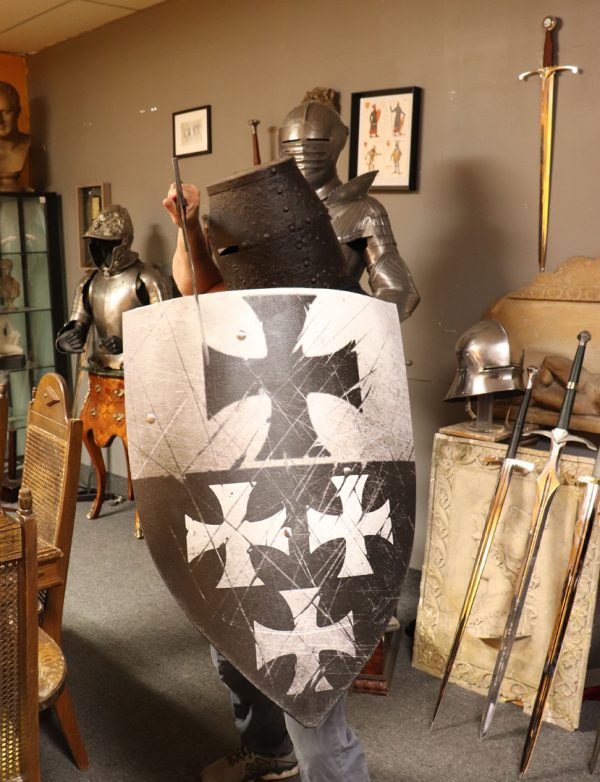
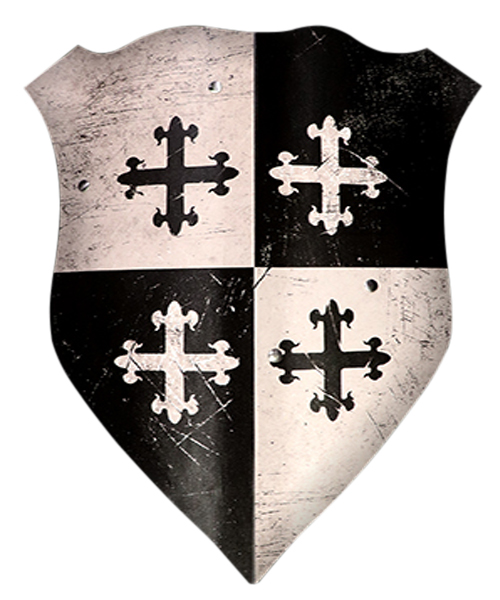

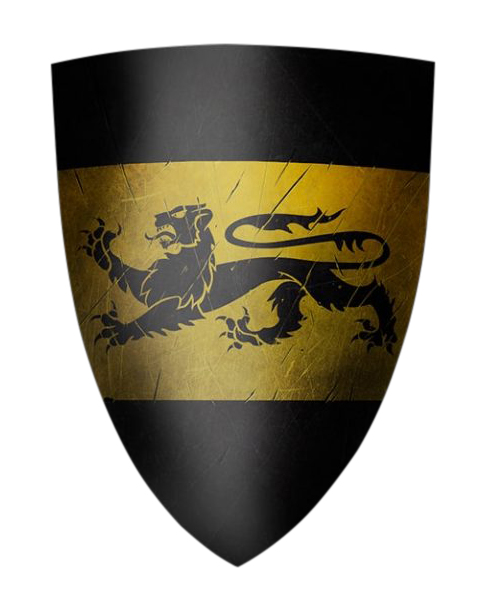

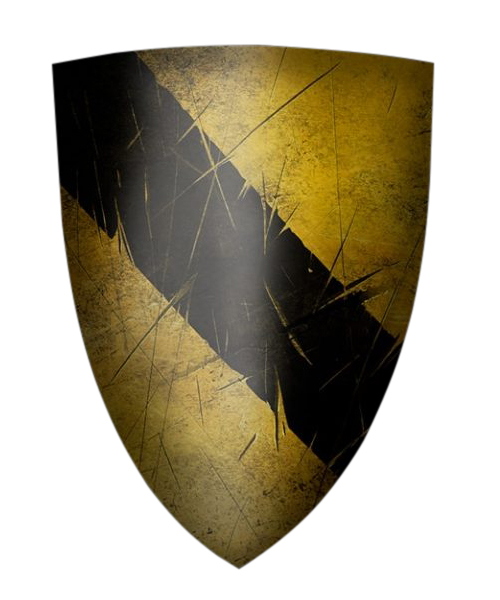

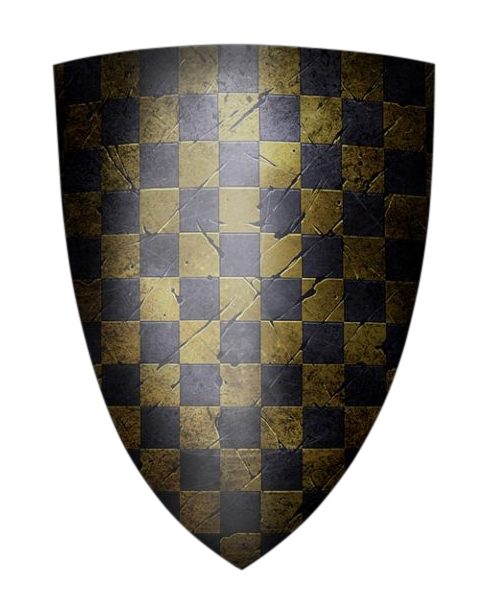
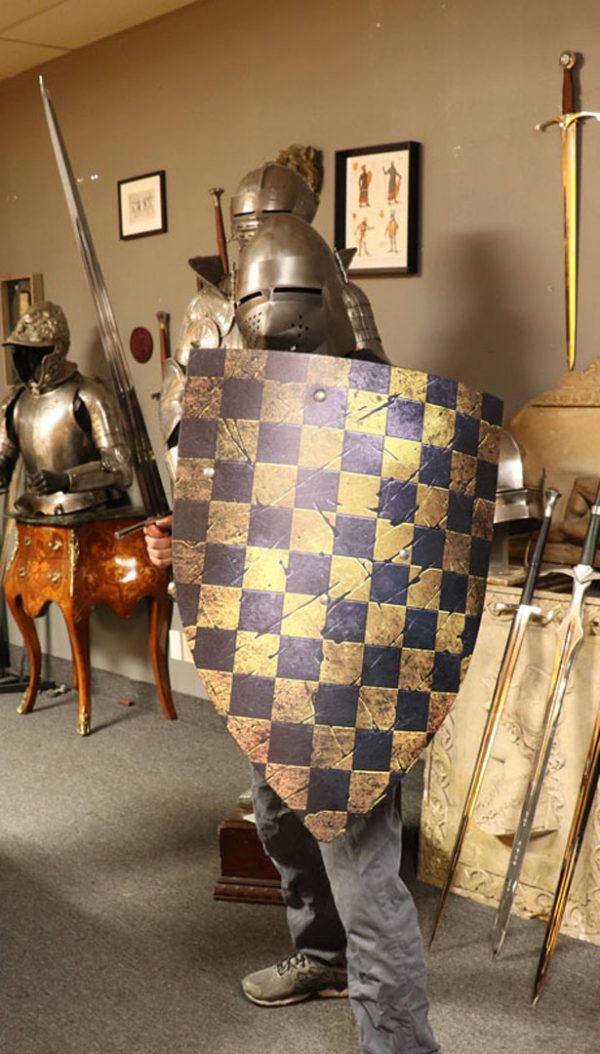
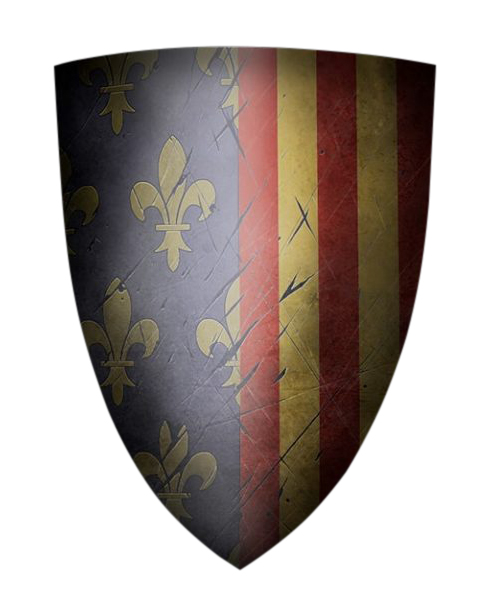
Reviews
There are no reviews yet.